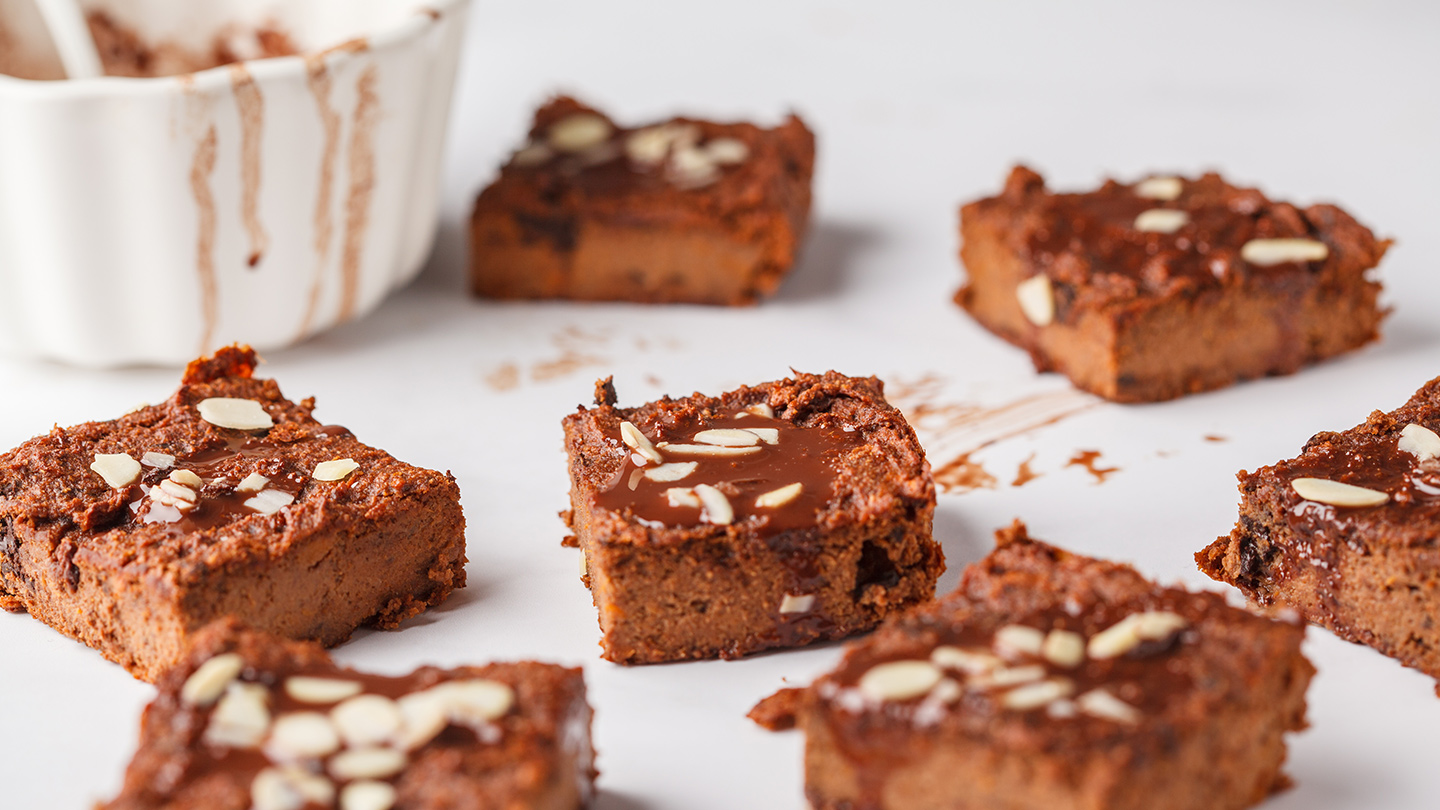Nutrition
Make Fresh Feta Cheese At Home
Feta cheese is usually made from a mixture of sheep's milk or goat's milk which is an excellent source of Vitamin B, and fatty acids that aid gut health and promote better immunity. Here's is how to make this Greek-cheese.
Weight Loss & Heart Health
Feta cheese is known to be low in calories and fat, which makes it a good choice your heart health and weight loss plan. This cheese variety has only 21 grams fat in every 100 grams. It contains conjugated linoleic acid (CLA) that helps in reducing fat in the body and maintain body composition. Some of its other benefits include controlled blood sugar, better immunity and improved bone strength.
For Overall Health
Feta cheese is rich in Vitamin B, which contributes to multiple aspects of our health. Some of its benefits include improved eyesight, increased red blood cells production, enhanced brain functionality and improved cardiovascular health. Vitamin B is especially beneficial for pregnant women and lactating mothers as it increases their energy levels and decreases the side-effects of pregnancy.
It is also a rich source of Phosphorus, which has important benefits to offer including tissue and cell repair, DNA and RNA production and facilitating signal transmission in the nerves. An ounce of feta cheese contains 96 mg of phosphorus, which is about 14 percent of the adult Recommended Daily Allowance (RDA).
For Improved Gut
This Greek-cheese variety contains beneficial bacteria and fatty acids that aid gut health and promote better immunity. It contains a group of probiotics including the lactobacillus plantarum, that protect the intestinal tract and increase the production of inflammatory compounds.
Fresh Feta Cheese - Full Recipe
 7
7
serves 9000
9000
K calories 3
3
days 8/10
8/10
simplicity
Easy Steps
01Add the culture and rennet to cow milk and keep aside.
02Cut the solidified milk with a long bread knife horizontally and vertically across the width of the container to separate the curd from the whey.
03Transfer the feta cheese to molds covered with muslin cloth and let the extra moisture drain off.
04Add the cheese to the brine the following day. Your delicious feta cheese is now ready to be served! You can eat your feta cheese as it is or marinate it to enjoy a sumptuous snack!
- Cow Milk: 15 litres
- Rennet: 8 g microbial rennet
- Unprocessed sea salt: 70 g per liter of water

Nutritive Value
- Carbohydrates: 787g
- Protein: 483g
- Fat: 487g
- Fibre: 0g
Related Story: How To Make Halloumi Cheese At Home
EXPLORE MORE
Bright, tangy, and naturally refreshing, this orange chutney offers a burst of citrusy sweetness with a gentle hint of spice. It’s the perfect accompaniment to elevate daily meals with freshness and depth.
Fudgy, rich, and naturally nutrient-packed, these sweet potato brownies offer deep chocolate flavour with wholesome ingredients that nourish as much as they satisfy.
Bright, earthy, and naturally prebiotic-rich, this beetroot salad is a refreshing gut-friendly bowl that supports digestion, boosts good bacteria, and adds colour to your everyday meals.
Rustic, bright, and full of fire-roasted flavour, this simple Bihari-style chokha turns everyday tomatoes into a smoky, tangy, comforting side that lifts everything, from litti to dal-chawal.






.jpg)

.jpg)
.jpg)
